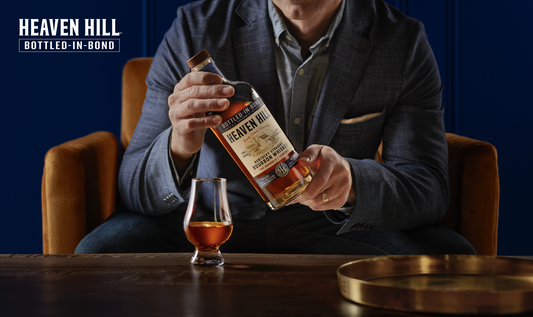Gran Centenario Plata Tequila
Gran Centenario Plata Tequila
Couldn't load pickup availability
- BrandGran Centenario
- CategoryTequila
- CountryMexico
- DistilleryGran Centenario
- Style Tequila
- Alcohol40.0%
Here’s a Plata that’s seriously mature for her age.
Many things have changed since tavern owner Lázaro Gallardo began crafting tequila in 1857 at Hacienda Los Camichines in the Highlands of Jalisco, Mexico. Not everything has, though – the Selleción Suave process he invented remains the same. What that might be, you wonder? Well, in Spanish, suave means smooth and Gallardo was the first Tequila Master Distiller to begin adding the richer, older and smoother tequila reserves to the blend to produce one that would be smoother than them all.
The business is still family-owned today with several generations passing the know-how down to the next one – what an incredible gene pool, right! Even the bottle you’ll get today, inspired by the Art Deco style, was designed by Lázaro‘s son Luciano back in 1920.
Gran Centenario Plata is essentially an old soul in a young body. It’s blended in wood and aged for just 28 days in French Limousin oak barrels before bottling, but this 100% agave Tequila has the depth and complexity of a far more mature sipper. Most Plata Tequilas are actually unaged, so this one has an edge over most of her sisters. The subtle wood notes and the smoother-than-heaven taste are unusual for a white Tequila, but it’s a nice surprise. Blended at 80 proof, it’s very fruit-forward, citrusy and with a touch of black pepper – mix it in a traditional margarita to really let her shine through.
Appearance / Color
Pale gold
Nose / Aroma / Smell
Fruit-forward notes. Pear, lime and citrus.
Flavor / Taste / Palate
Sweet and fruity with a kick of black pepper.
Finish
Complex and lingering.
About
Here’s a Plata that’s seriously mature for her age.
Many things have changed since tavern owner Lázaro Gallardo began crafting tequila in 1857 at Hacienda Los Camichines in the Highlands of Jalisco, Mexico. Not everything has, though – the Selleción Suave process he invented remains the same. What that might be, you wonder? Well, in Spanish, suave means smooth and Gallardo was the first Tequila Master Distiller to begin adding the richer, older and smoother tequila reserves to the blend to produce one that would be smoother than them all.
The business is still family-owned today with several generations passing the know-how down to the next one – what an incredible gene pool, right! Even the bottle you’ll get today, inspired by the Art Deco style, was designed by Lázaro‘s son Luciano back in 1920.
Gran Centenario Plata is essentially an old soul in a young body. It’s blended in wood and aged for just 28 days in French Limousin oak barrels before bottling, but this 100% agave Tequila has the depth and complexity of a far more mature sipper. Most Plata Tequilas are actually unaged, so this one has an edge over most of her sisters. The subtle wood notes and the smoother-than-heaven taste are unusual for a white Tequila, but it’s a nice surprise. Blended at 80 proof, it’s very fruit-forward, citrusy and with a touch of black pepper – mix it in a traditional margarita to really let her shine through.
- BrandGran Centenario
- CategoryTequila
- CountryMexico
- DistilleryGran Centenario
- Style Tequila
- Alcohol40.0%
Appearance / Color
Pale gold
Nose / Aroma / Smell
Fruit-forward notes. Pear, lime and citrus.
Flavor / Taste / Palate
Sweet and fruity with a kick of black pepper.
Finish
Complex and lingering.













